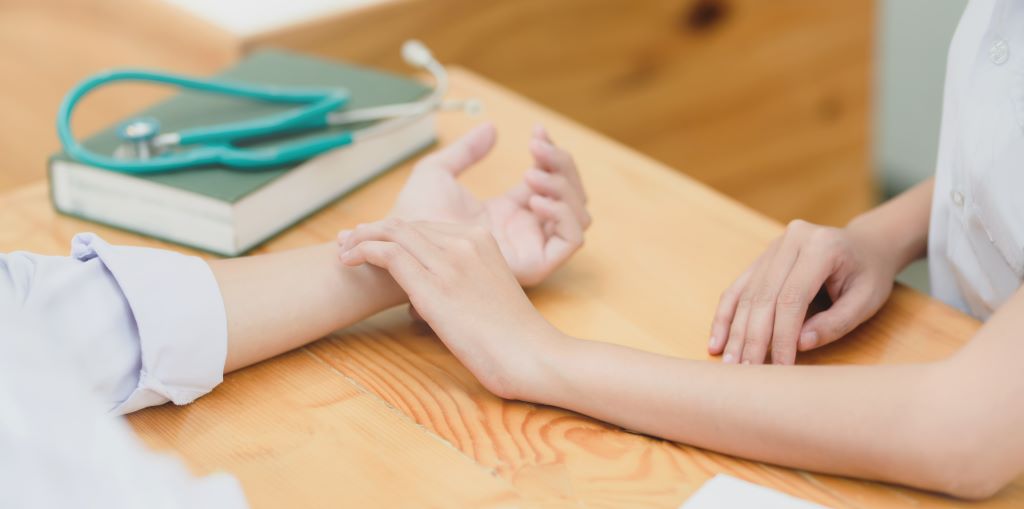
Our body gives us so much so it makes sense to take good care of it and keep it in tip-top health. One way you can do that is by having regular check ups and monitor for signs of early disease. Most conditions can be managed very well or even reversed if caught soon enough. We’ve already taken a look at some general tests you could do. This article will discuss how to perform check ups for conditions that are specific to women and men.
Breast Examination
Breast cancer can be treated quite efficiently when discovered early. Current guidelines advise women to examine their own breasts. A doctor will carry out a good examination but the woman knows the feel of her own breasts and she’ll be able to catch any abnormalities sooner than any doctor.
You can carry out a breast examination in a few quick steps:
- Carry out examinations once a month, at the end of your period. The breasts are least full at this time. Women in menopause could pick the first day of the month
- View yourself in the mirror for any abnormalities such as unusual dimples and wrinkling
- Then start from the outside of the breast, just under your armpit. Go round the breast, and press hard as you move slowly, spiralling inwards towards the areola
- Finish by squeezing the nipple to check for any discharge
- Repeat on the other side
If you feel any lumps or tenderness, notice any changes in appearance, or get any nipple discharge, seek your GP’s advice. Remember that most lumps are not cancerous, but it’s good to get all lumps checked out.
Go for regular mammograms every 3 years, starting at 40 years. Women between 50 and 60 years are invited for free mammograms at government health facilities.
Smear Test
It’s advised that a woman gets her first smear test soon after becoming sexually active and continues with regular check ups till she’s 70 years. The test should be done every two years till age 60, and then every three years for another decade. It’s useful to detect certain infections and abnormalities within the cells of the cervix (neck of the uterus), which could include pre-cancerous or cancerous changes.
This test does not have to be uncomfortable. It’s actually over in a couple of minutes. Start by finding a GP you can trust. Some women are more comfortable with a GP of a specific gender. It’s also ideally done when you’re off your period.
The GP will ask you to remove your underwear and go up on the couch. You’ll then be required to bend your knees and place your feet flat on the couch. The GP will first carry out a quick internal examination to make sure everything’s fine. They will then insert a speculum covered in lubricating gel. Nowadays, most speculums are made of plastic, which means they won’t feel cold against your skin. A brush is inserted to scrape a few cells from the cervix – this takes around 30 seconds.
You shouldn’t feel any pain during this procedure, although there might be some discomfort. If you concentrate on releasing tension in your thighs and abdomen, and take deep breaths, the test will be over before you know it.
Prostate Examination
The prostate is a small gland that sits just under the bladder, surrounding the urethra (the urine tube) in men. It produces most of the fluid in semen and helps expel semen during ejaculation.
As men grow older, very often, the prostate grows in size. This is a harmless condition (benign prostatic hypertrophy), unless there’s significant obstruction of the urethra, blocking flow of urine. Sometimes, a small focus of cells within the prostate become cancerous. Although very common, and becomes even more prevalent with increasing age, prostate cancer is easily treated in the early stages.
Your GP can help you check for prostate cancer in two ways:
- Prostate examination. You’ll be asked to lie on your side and bring up your knees to your chest. The doctor will insert a gloved finger in the rectum to feel for an abnormally shaped prostate. The exam is over in a few seconds. Take deep breaths to help you stay relaxed throughout
- Checking PSA (prostate specific antigen) levels through a blood test. Ideally this test is taken a couple of days after a prostate examination since there’s a risk of getting raised levels as a consequence
Testicular Examination
Cancer in the testes is more common in men in their 20s and 30s. However, older men can still get it, which is why personal regular check ups are advised. Testicular cancer feels like a hard lump in the testes.
Here’s how to carry out an examination of the testicles. It only takes a quick two minutes and it’s recommended you do it once a month:
- Take one side of the testicle sac in the palm of your hand
- Feel over the testicle and check for any unusual lumps. Healthy testes feel smooth and round
- Now look for the epididymis (the tube connecting the testes to the abdomen) and roll it between your forefinger and thumb. You should be able to find it easily. Check for any lumps
Seek urgent advice from your GP if you notice any lumps, heaviness in the testes, testicular pain or get any blood in the sperm. The doctor might decide to send you for an ultrasound and/or review by a urologist.

In 2007, Dr Natalie Psaila read for her MD at the University of Malta. She continued training and obtained her MMCFD and MRCGP (Int) to become a Specialist in Family Medicine in 2013.





